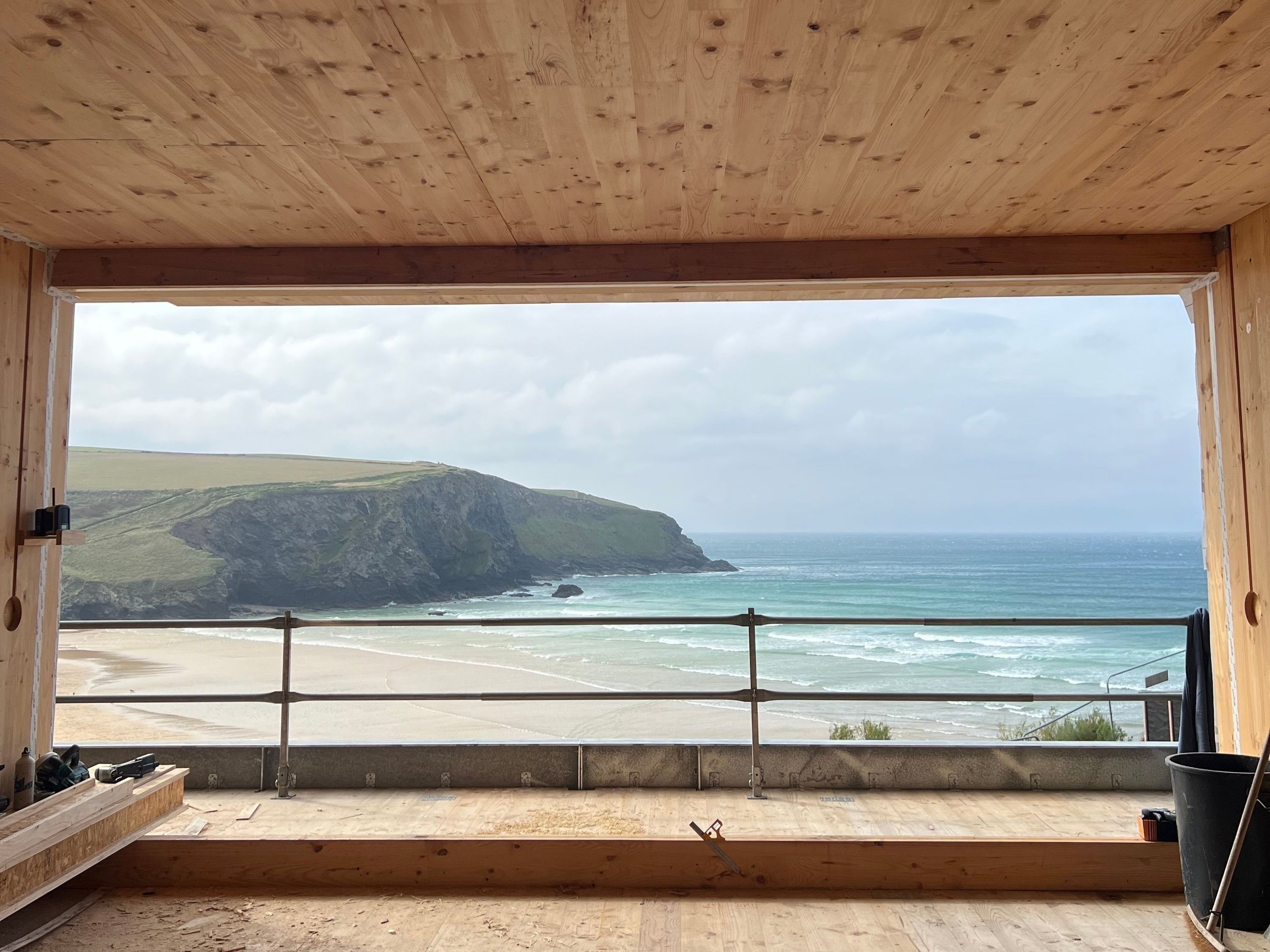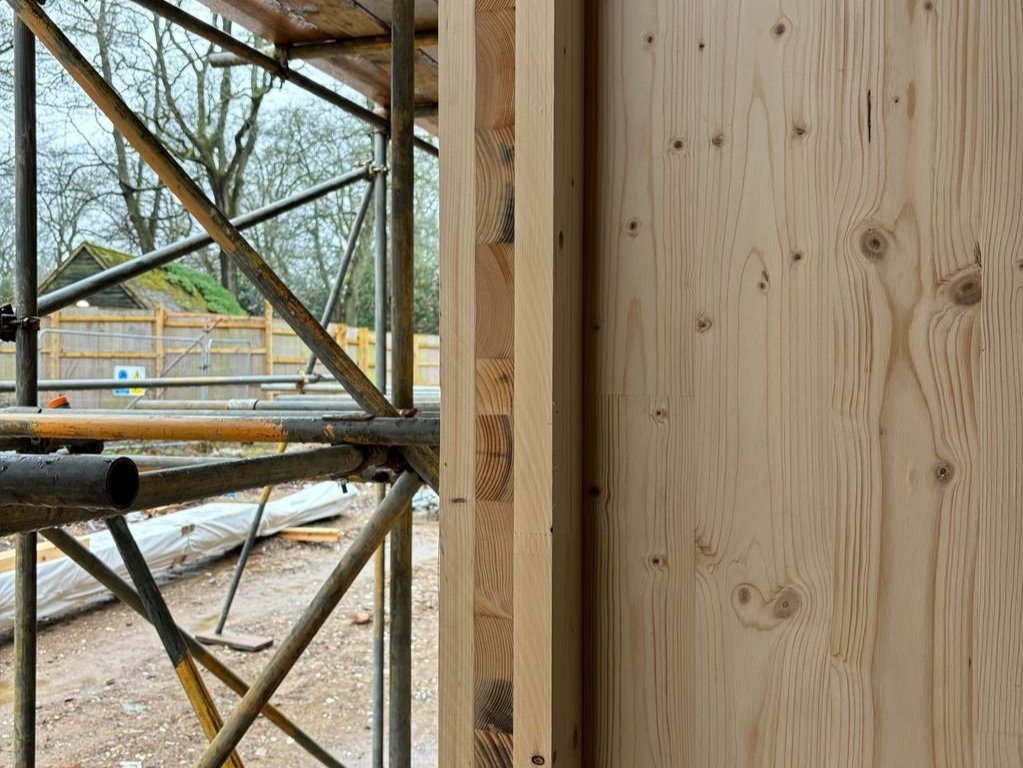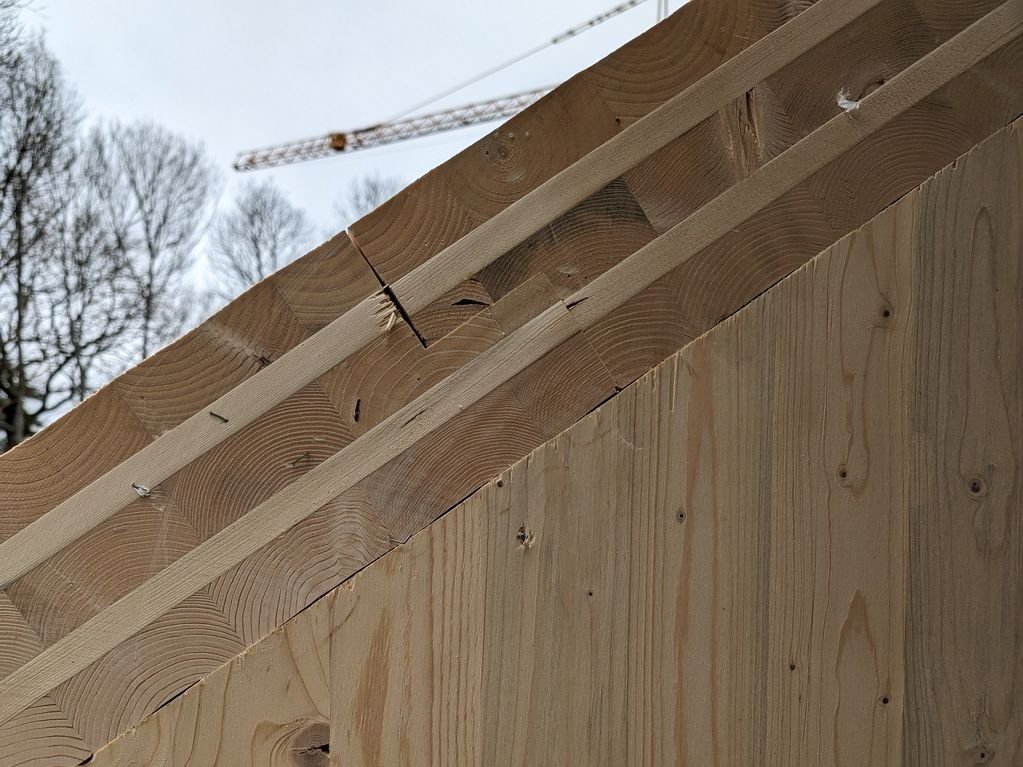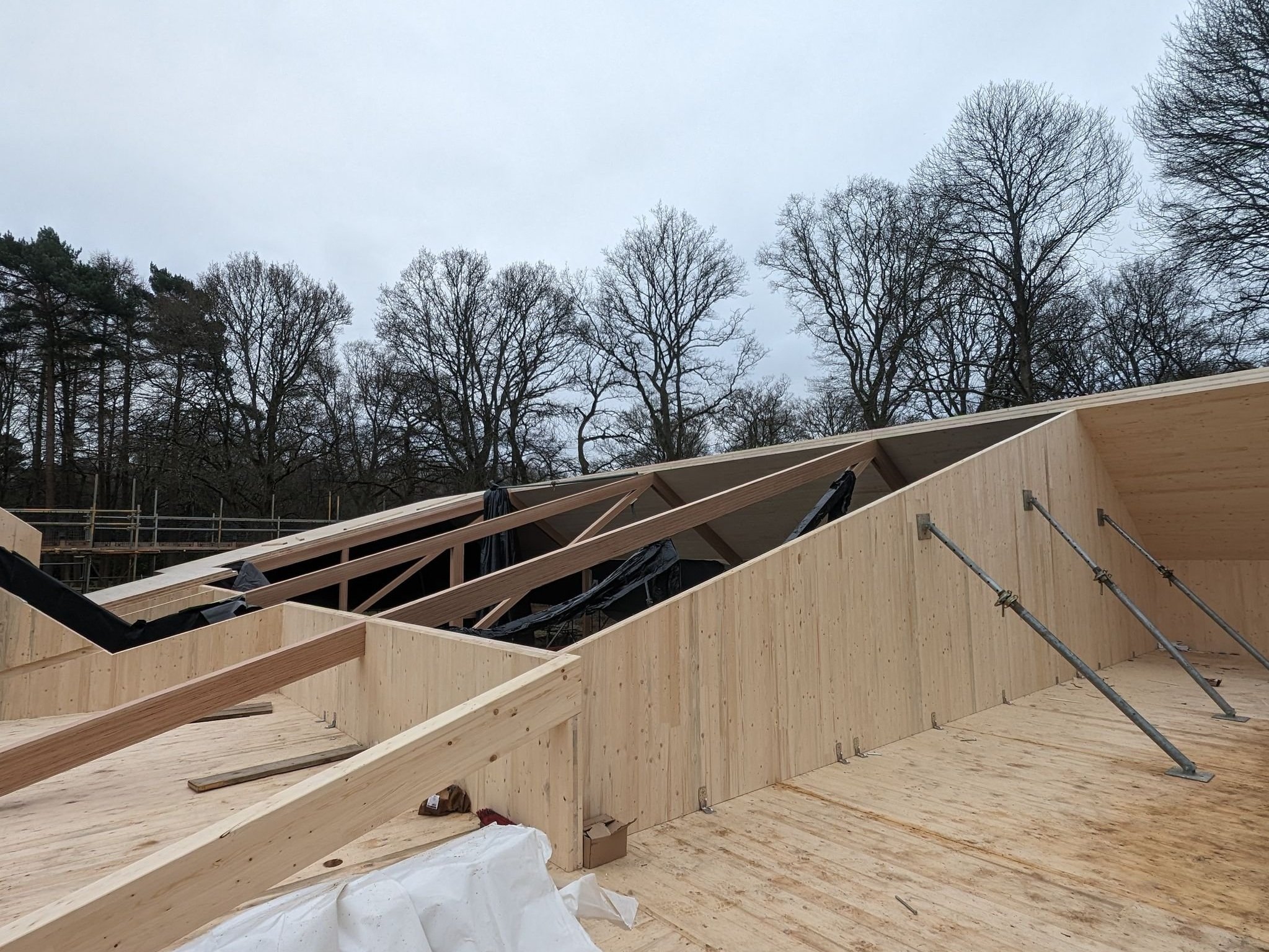CLT vs Concrete
CLT: The Modern Day Concrete?
In recent years, the construction industry has seen a noticeable shift towards sustainability and eco-conscious practices. This shift has sparked an increase in building materials, with architects and developers seeking alternatives that are not only environmentally friendly but also offer unparalleled structural integrity and design flexibility and amongst these innovative materials, CLT has been at the forefront.
The Rise of CLT
Cross Laminated Timber, often referred to as the "concrete of the future," is a versatile and sustainable building material made from layers of timber boards stacked and glued together at right angles. This arrangement enhances its strength, making it comparable to traditional materials like concrete and steel. Its manufacturing process locks in carbon, reducing the carbon footprint of buildings. Additionally, CLT structures can be prefabricated off-site, reducing construction time and minimizing on-site waste. Find out more about the manufacturing process of CLT here.
Structural Advantages
One of the most compelling reasons CLT surpasses concrete is its exceptional structural performance. Despite being significantly lighter, CLT exhibits impressive strength-to-weight ratios, enabling the construction of tall buildings with reduced foundation requirements. Its uniformity and predictability make it an ideal choice for projects demanding precision and reliability. In contrast, concrete's weight can limit design possibilities and increase construction costs. Additionally, CLT offers superior fire resistance properties. Its thick composition ensures slow charring during fires, creating a protective layer that mitigates structural collapse risks. This feature not only enhances safety but also provides crucial time for evacuation and firefighting operations, distinguishing CLT as a safer and more efficient building material compared to concrete.
“Compared to equivalent structures made of steel or concrete, timber structures emit 20 to 50% less greenhouse gas over 100 years.”
Versatility
Beyond its structural expertise and eco-friendly attributes, CLT offers architects unparalleled design freedom. Its modular nature and aesthetic appeal add a warm, natural element to architectural designs, creating inviting spaces that resonate with occupants. Whether used in residential, commercial, or industrial projects, CLT offers endless possibilities for creative expression and innovation. Concrete, while versatile, often lacks the warmth and aesthetic appeal of timber, limiting its potential to create truly inspiring architectural marvels.
Carbon Emissions
When it comes to carbon emissions, the disparity between CLT and concrete is evident. Concrete production is notorious for its high carbon footprint, emitting substantial amounts of carbon dioxide into the atmosphere during its manufacturing process. In contrast, CLT acts as a carbon sink, sequestering carbon within its wooden fibres and effectively reducing net emissions. By opting for CLT over concrete, builders can make a tangible contribution to reducing carbon emissions and fostering a more eco-friendly built environment.
“Studies have shown that for every ton of CLT used , approximately 1.1 to 1.3 tons of CO2 are stored, making it a crucial ally in the fight against climate change. ”
Flame Resistance
Contrary to common misconceptions, CLT has good fire resistance due to its charring properties, which form an insulating layer that protects the inner layers of the timber. Concrete is inherently fire-resistant, but it can crack under extreme heat, compromising its structural integrity.




